LARP (Live Action Role Play) is a type of game where people act out their character’s lives. People dressed in theme-based costumes and interact with other players, while following the rules of the game, trying to reach their designated goals. Everyone who wants to take part in one of these games should have his costume ready – this involves creating various accessories and a 3D printer is a perfect tool to get the job done.
With Summer comes a good opportunity to partake in LARPS, so now is the perfect time to print rubber knives, animal and human skeletons, fantastic artifacts from other worlds, and an infinite number of various gadgets.
Become someone else!
LARP game settings are usually fictional (based on a movie, game, book, or based on various fantasy worlds), but unlike computer games, they take place in the real world with real people. If you’ve never encountered LARP games, you might be surprised when you take a walk through the woods and suddenly stumble upon the battle of five armies from the world created by J.R.R.Tolkien or a radioactive zone from a post-apocalyptic world. There are many genres and it’s obvious that human fantasy is essentially unlimited.
Even though there are very popular games imitating a medieval era, fantasy genres, or steampunk, we decided to pay a little bit more attention to the post-apocalyptic settings this time. However, a 3D printer can help you with any kind of accessories you might need – no matter whether it’s a rare helmet with Intelligence +1 stats or a hi-tech blaster.
Generally speaking, to fully enjoy the experience, you want to focus on creating a great-looking, authentic costume along with the accessories. The organizers usually spend a huge amount of their free time to fine-tune the game and ensure that it follows the storyline and create the desired visual effect, so you’ll want to fit right in.
Let’s take a look at some of our tips on how to get ready for a LARP with the help of a 3D printer.
Rubber knives
Weapons like swords, daggers, or blades are often made using rubber or foam, which means they don’t necessarily look authentic. However, with a 3D printer you can make great-looking and safe(!) replicas of real weapons, provided you know how to do it. At this point, we would like to refer you to our article about printing with flexible filaments, which will help you print amazing knife replicas almost indistinguishable from the real thing.
We need to stress out that we don’t want to harm anyone (it is also against all LARP rules), therefore we have to make the knife flexible enough. That’s why it’s necessary to use a flexible filament. We used the Flexfill 98a but it can get very hard in thick parts so you might want to look for softer materials (e.g. 92a). This filament works rather well with smaller items, though. Plus, the less infill you use, the more pliable the object is. With soft rubber blade, you can be sure that you won’t harm anyone and if you take your time with a nice paint job, you’ll definitely turn some heads 🙂 The main advantage of 3D printed knives is the fact that they can be produced quickly and easily, while the authentic look is a nice bonus – see the photos for reference. Our knives were inspired by the famous Metro 2033 series.
Stylish post-apocalyptic transmitter
This is another great thing that was created here at Prusa Research. It was designed by our colleague Jan David and we used it during the Apocalypse Weekend event, which is an amazingly though-out game taking place at a former Prague anti-aircraft missile defense base.
The transmitter box has various compartments and the operator can use it multiple ways: The biggest space inside the box is designed to hold a car radio, the two smaller compartments are just the size of a Baofeng UV-5R transmitter with only one suitable for controlling the transmitter itself. The box is equipped with several holes for upgrades (e.g. inserting a car radio, connecting earphones etc.). We recommend printing the box with PETG because it’s a more durable material compared to PLA. It’s highly likely you will leave the box in the Summer sun or drop it somewhere, so PETG is the better choice here.
Photo: Ivo Osvald
Sirens
Do you need to alert people about upcoming danger? You can be sure that with this thing in your hands, you will be heard far and wide. It’s possible to print either a manual siren operated by hand or a smaller version designed for a kv920 motor. It’s a common motor used in many RC models – you need the motor itself, a regulator (ESC), the correct battery, and a servo tester.
Helmets and masks
A 3D-printed helmet will not give you much protection, so we would definitely not use it for anything serious like sports or as a motorcycle helmet. But if you’re not up for some heavy action-based LARPs, which require proper equipment made from metal and leather, a 3D-printed helmet will be perfectly fine – especially if you paint it nicely.
And you can print pretty much anything: do you expect a fictional nuclear war or perhaps a Medieval-era plague? You can prepare for everything! There’s a large number of various helmets and masks, which are ready to print and just waiting to be downloaded. We picked some of our favorites: a helmet from the popular Metro Exodus game, a plague doctor mask, a shaman mask and a hazmat suit lock collar. Keep in mind that the collar does not ensure proper ventilation inside the hazmat suit when closed!
Be prepared that these large objects usually take a long time to finish printing and can consume a lot of material. Plus, they need to be post-processed to achieve a realistic look, especially if you use a low-poly model (see our post-processing article).
Some models need to be scaled properly and cut to multiple parts, so they fit on the print bed. And here’s an important advice: before you start printing, measure the size of your head to ensure the helmet fits properly (this measuring instrument might be useful). Also, try to print only a slice of the helmet before you print the whole object – try if it fits, and if it does, it’s usually safe to print the entire thing.
Medkits
The legendary orange soviet medkits have become a favorite item in post-apocalyptic computer games. And they are favorite not only among players but also collectors. However, the original soviet аптечка (pronounced “aptechka”) would take a long time to be delivered to you. Plus, it’s not too good for practical use and should be rather kept as a collector’s item. (also it’s not safe to use it in any other way). But a 3D printed model can be used not only as a game item but also as a stylish travel first-aid kit. The assembly is simple, all you need is just a piece of heated wire and a little bit of glue.
Skulls and bones
So, by now, you should have pretty much everything ready for an exciting adventure. A handy knife, helmet, all sorts of accessories… but there might be a thing or two missing in case you want to show the rest of the players you mean business. How about some skulls and bones? Well, not real ones, obviously! It shouldn’t come as a surprise you can easily print a ton of various bones – no matter whether you’re a magician, a shaman, or a bounty hunter, some of these gruesome bits can definitely come in handy. Or perhaps you can even build a whole throne of 3D-printed skulls. If that won’t get you enough attention, we don’t know what will 🙂 And where to get the necessary data? Easy! Just head to digimorph.org, where you can find many high-quality scans.
Printing them is pretty easy: Large skulls (human, canine, feline, large bird etc.) can be printed on our Original Prusa i3 MK3s printers (FFF technology). If you use our Prusament ASA natural, you don’t even need to spend a lot of time with post-processing. The color of the filament is almost spot-on and you can create a nice smooth surface by suspending an ASA-based prints in acetone vapors.
However, if you wish your printed skulls to look as real as possible (especially small animals with thin bones, for example, snakes), try to print them on our Original Prusa SL1 printer, which can produce much more detailed objects compared to FFF 3D printing. Once you add some colors, it’ll be pretty difficult to spot the differences between a real skull and the one printed on our printer.
And if skulls and bones are not gruesome enough for you, and you want to portrait some kind of a really twisted character, you can actually print various bits of human anatomy like a child’s hand, cut fingers, torn limbs, and similar creations… don’t overdo it, though! 🙂
Failed prints can be useful!
Your print didn’t finish successfully? There’s might be some use for it after all! 3D-printing “disasters” like the blob or spaghetti monster can be used as sci-fi game objects. A wipe tower created by MMU/MMU2 upgrade can become an artifact for S.T.A.L.K.E.R. themed games – you can use a heat gun to give the object an unusual, otherworldly look. This Idea came from my colleague at Prusa Research, Jan David, and we’re planning to use these artifacts in a popular local LARP called Stalker Phase5.
The best of all are functional prints – and that’s not only in the world of LARP gaming. It doesn’t matter whether you print just a simple transparent model lit by LED, helmet (and other parts of a costume) or a complete futuristic biochemical suit. It is important that it looks great and does something nice or useful too.
Unlimited number of other cool gadgets
Knives, ammo, coins, high-tech prosthetics, human body parts, or imitation of a small nuclear reactor – all of these and endless amount of other things can be made with a 3D printer. There are so many possible projects that one article cannot truly encompass all possibilities. It all depends on chosen game theme and your imagination. You can print whatever you wish not only for futuristic games but also for fantasy and history games. And as always: please do share your projects with the rest of us, we’d love to take a look at what you created!







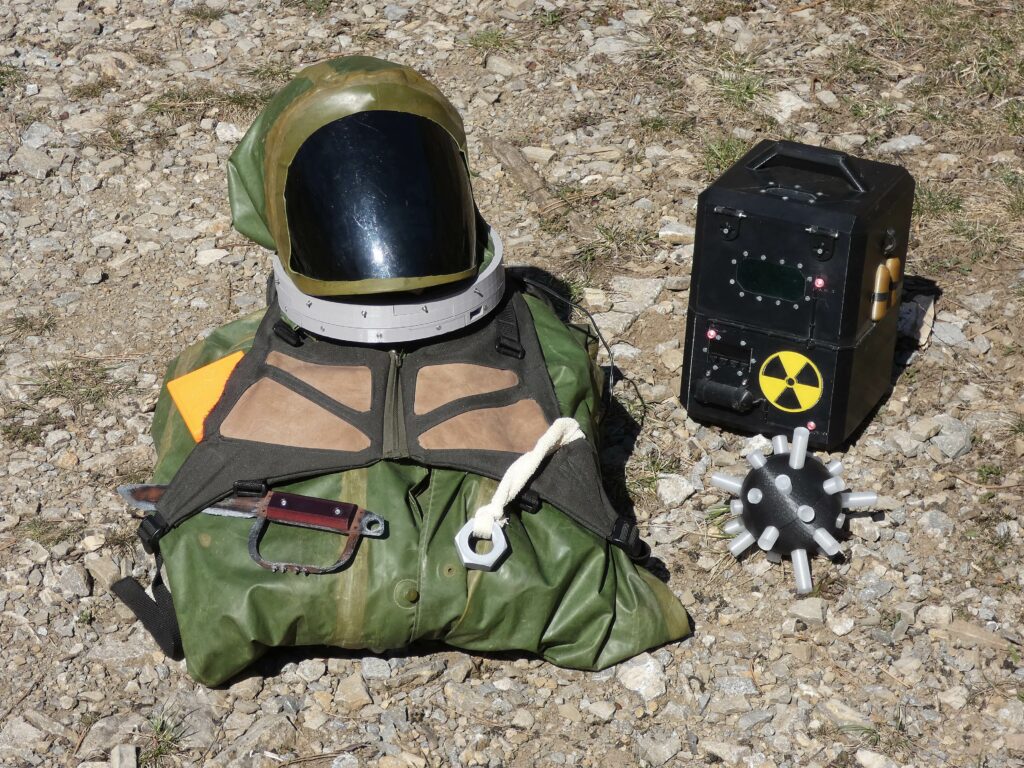
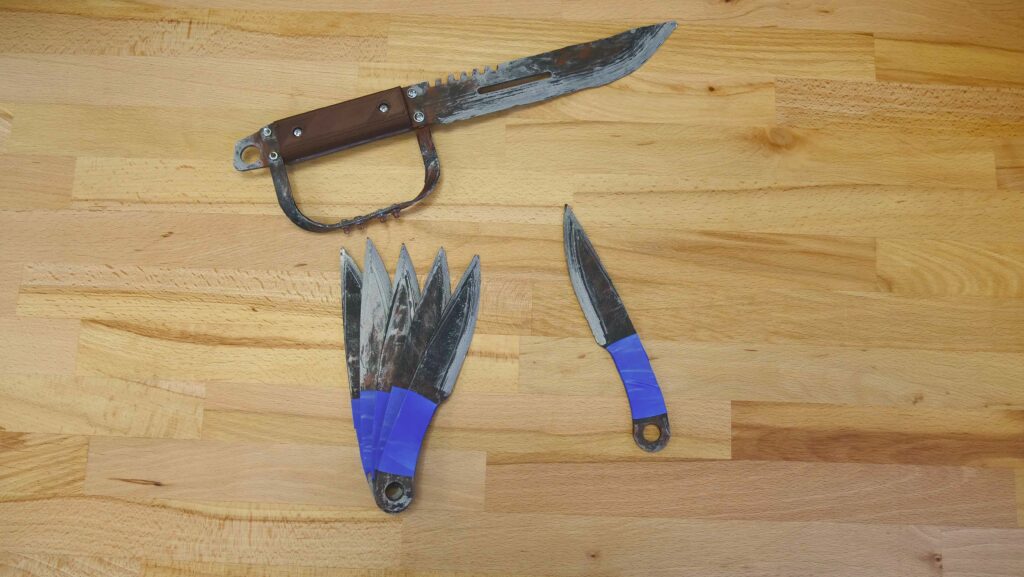

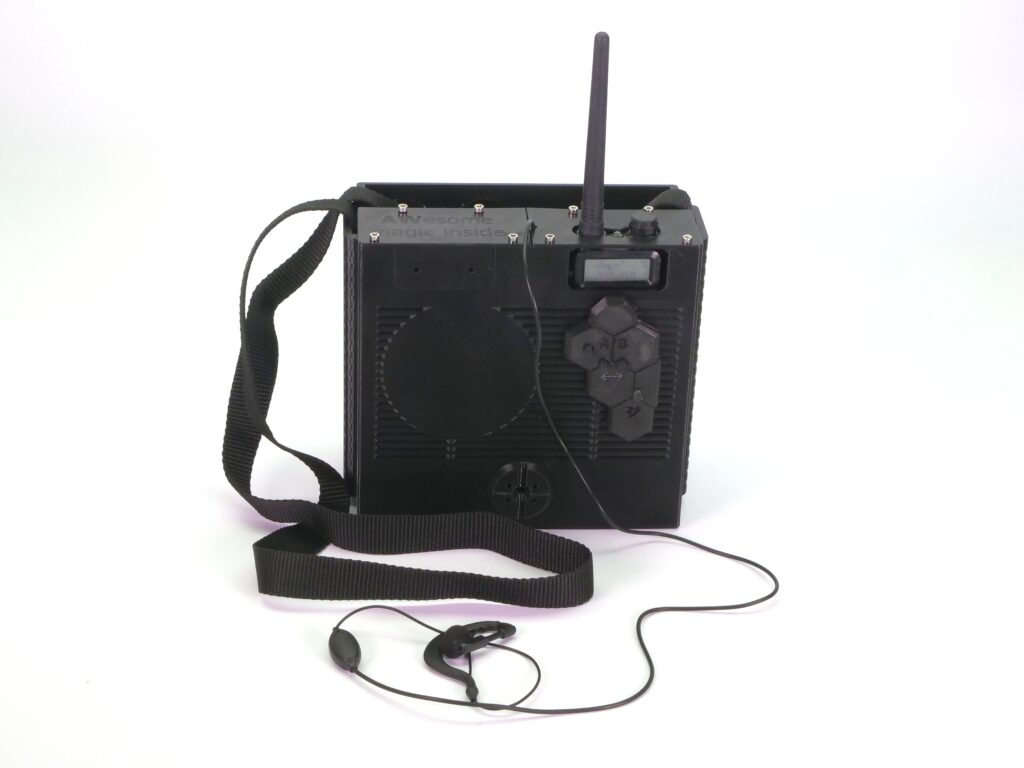
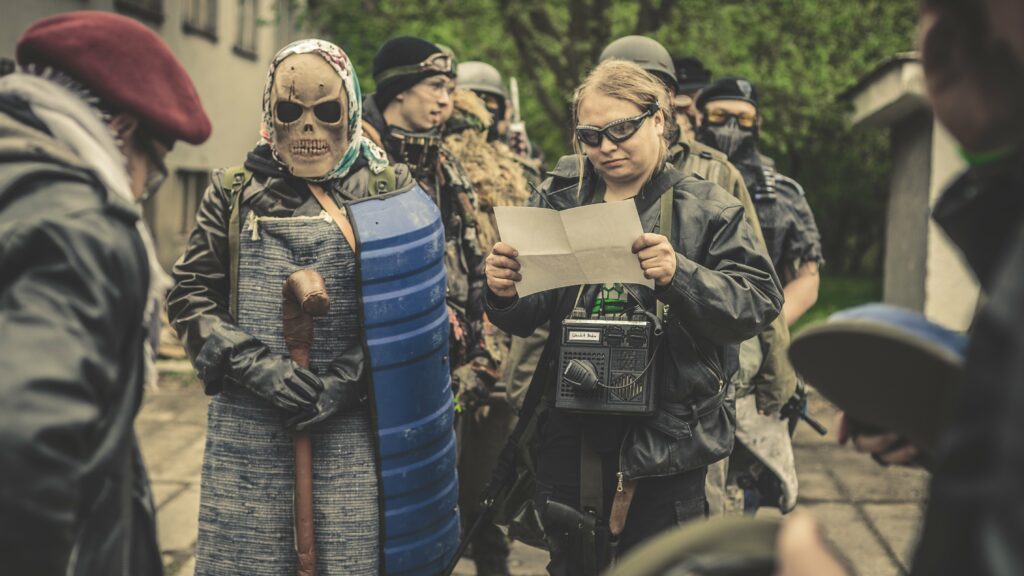
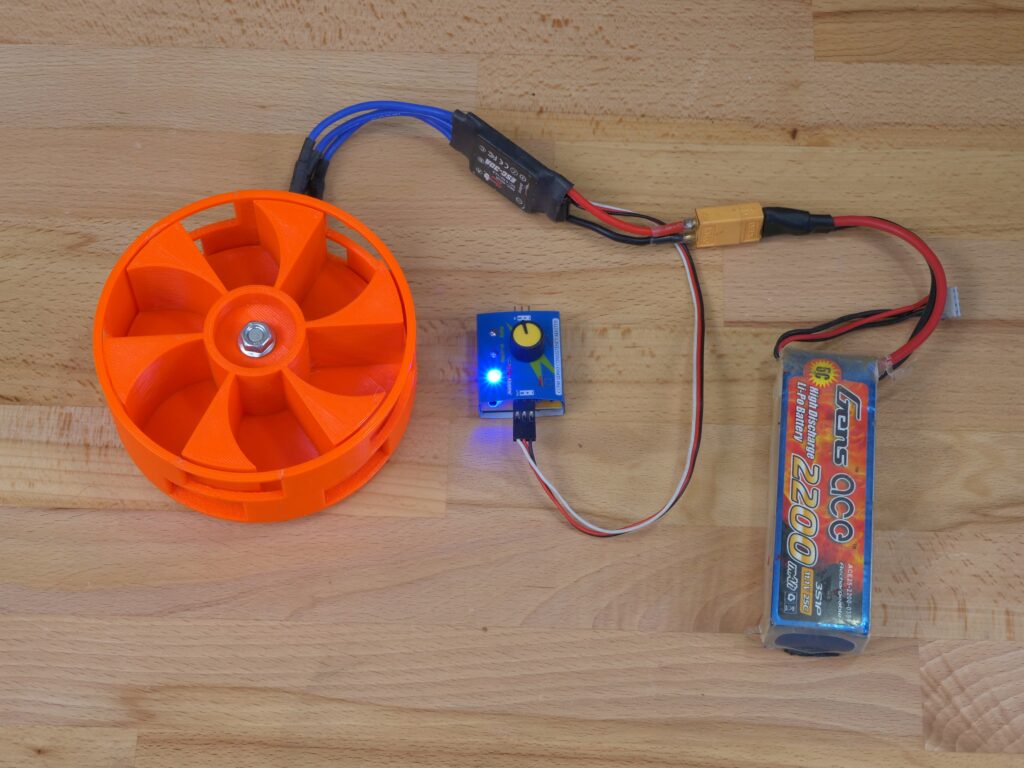
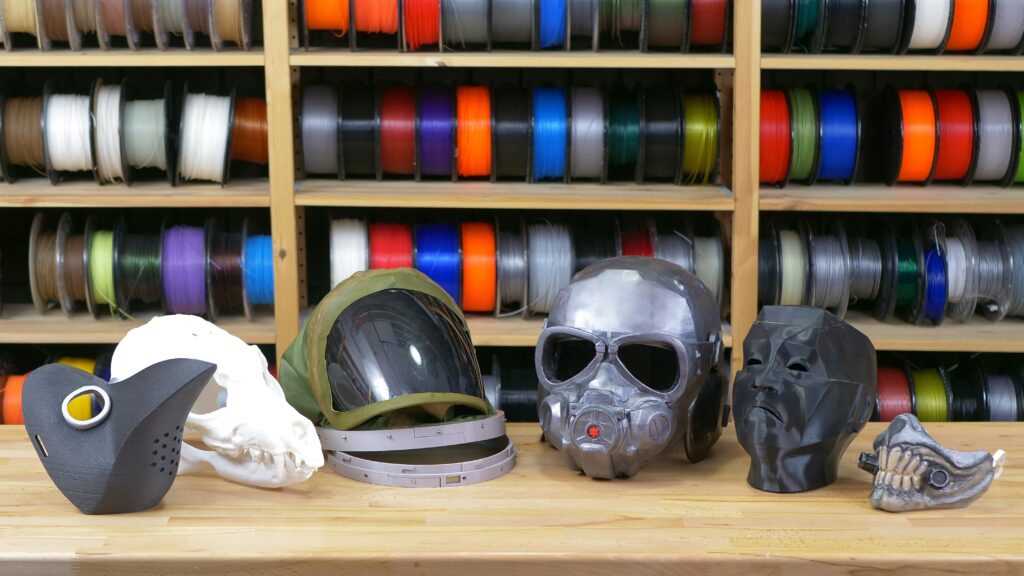
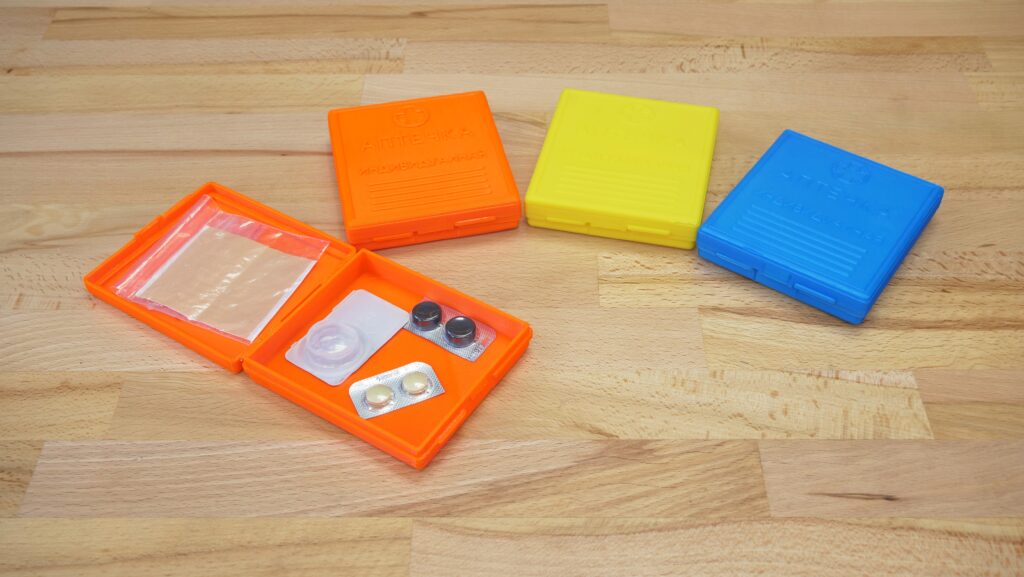
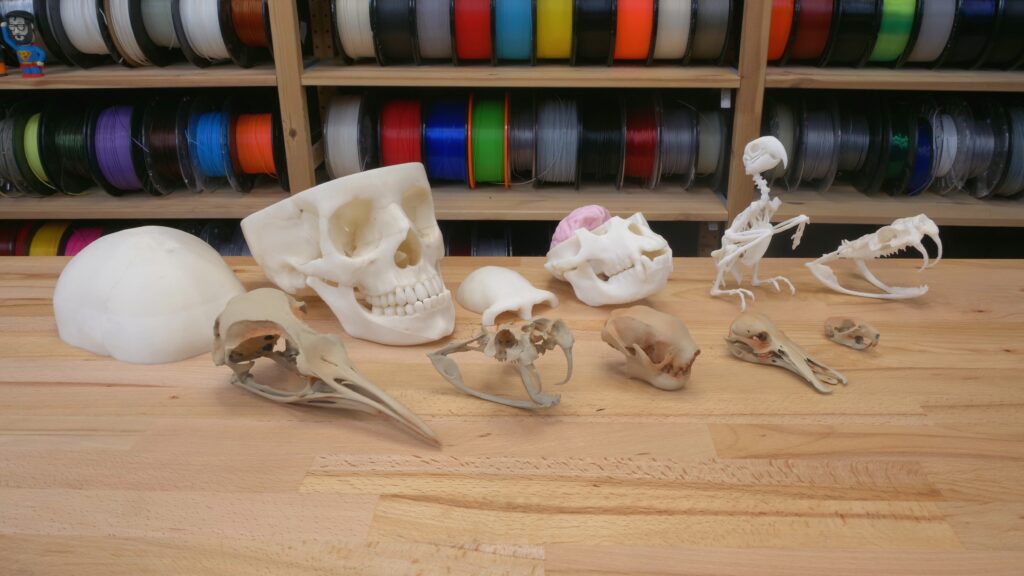
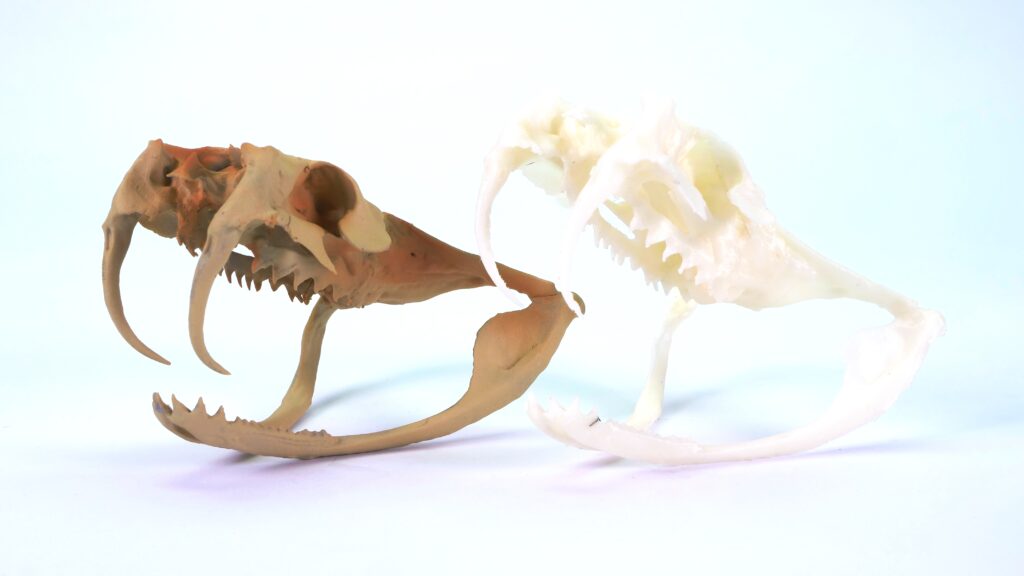
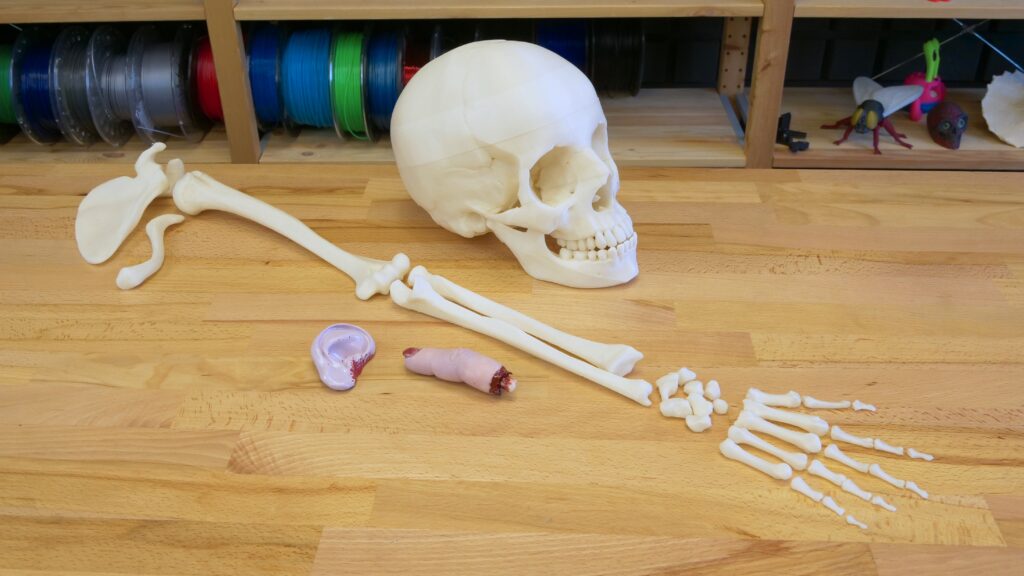
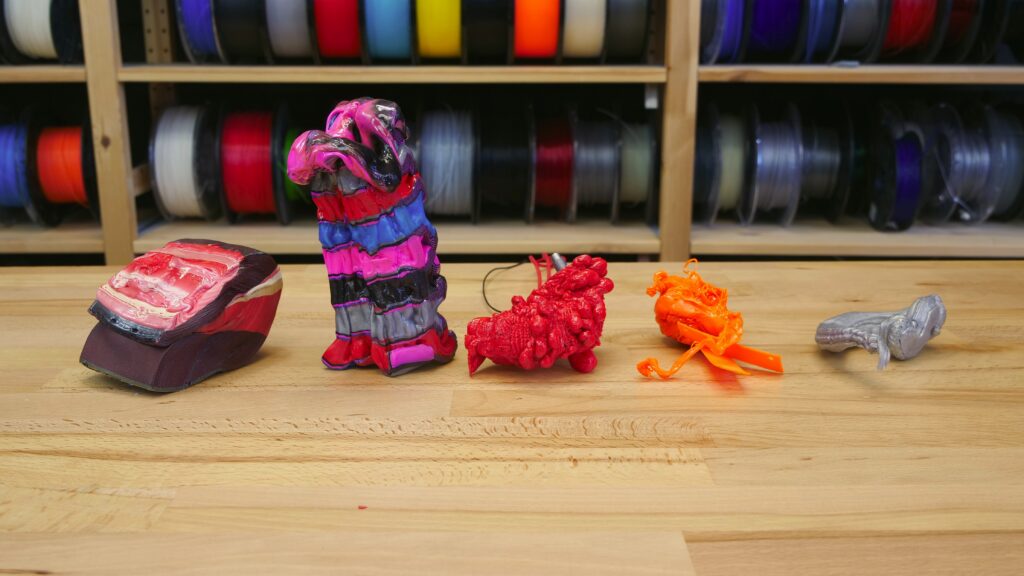
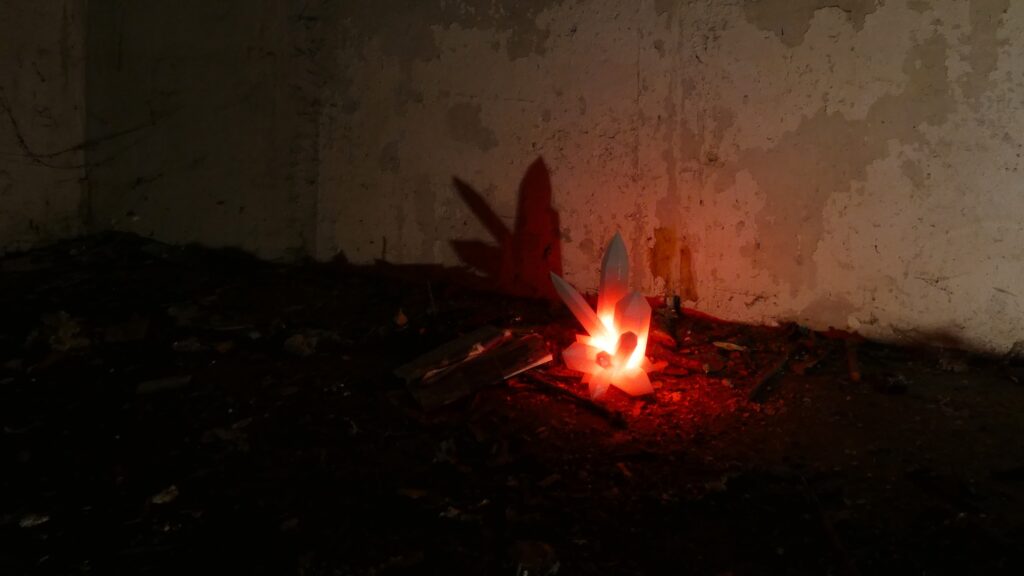
コメントを投稿するにはログインしてください。